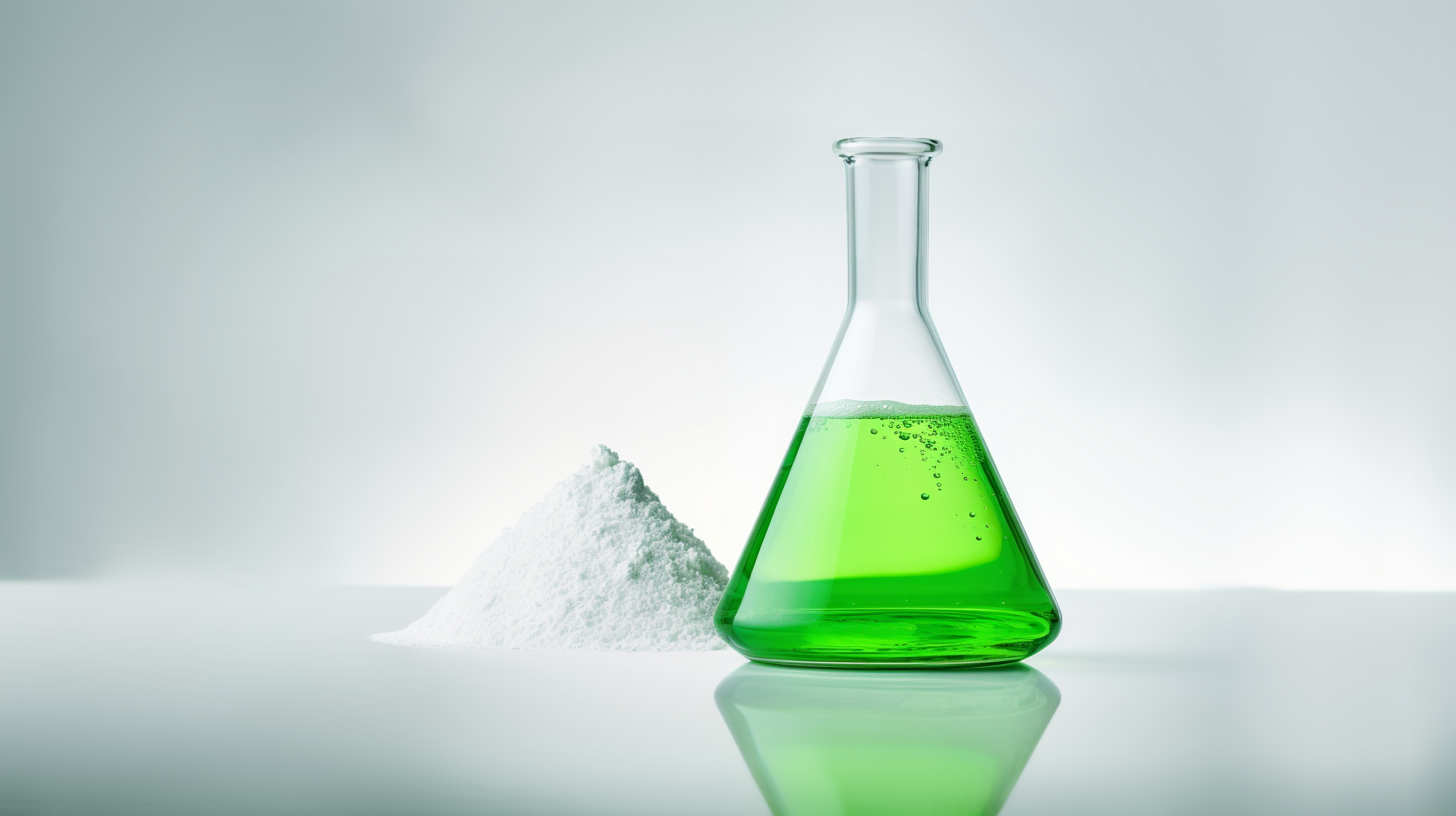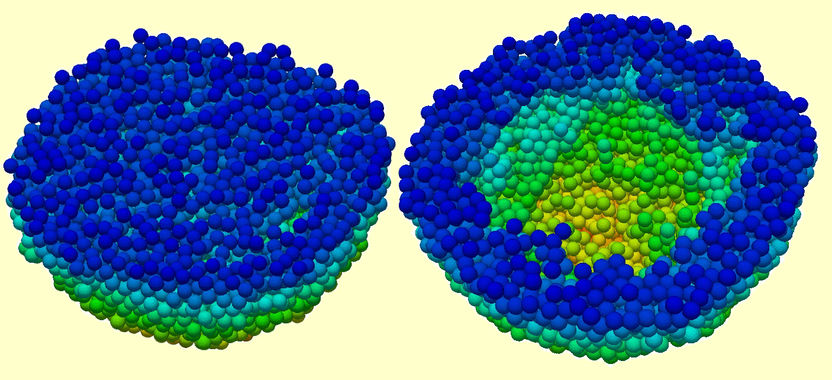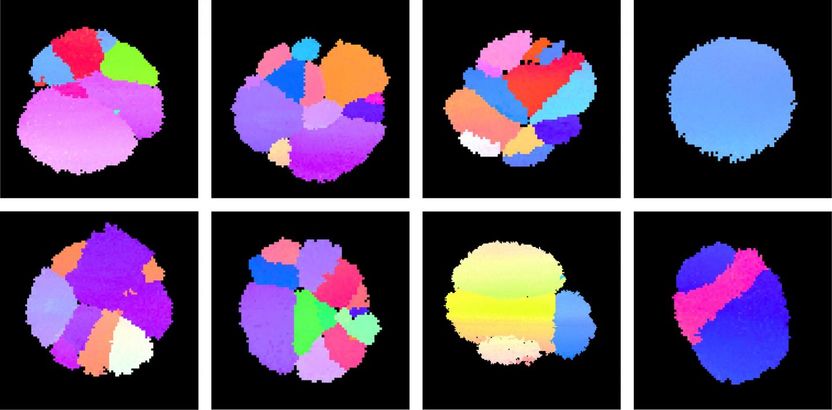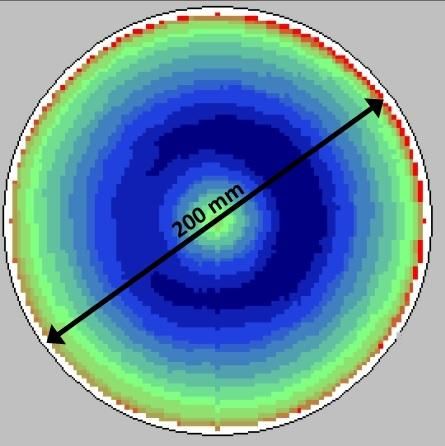Study analyzes technologies’ climate efficiency in removing carbon dioxide from the atmosphere
One process has similar CO2 footprint to e-mobility
Technologies for the removal of carbon dioxide (CO2) from the atmosphere (direct air capture, or DAC for short) are already in use, but neither their actual benefits for climate protection nor their other environmental impact have yet to be investigated. A research team led by Kavya Madhu and Prof. Dr. Stefan Pauliuk from the University of Freiburg (Faculty of Environment and Natural Resources) has now analyzed the carbon footprint of these technologies. To do so, they determined for two common DAC processes - one at high and one at low temperature for capturing CO2 - how high their energy input, CO2 emissions and other consumption factors are to extract one ton, one megaton and one gigaton of CO2 from the atmosphere and inject it into deep soil layers. They also compared these values to key existing technologies and measures for CO2 reduction, such as e-mobility and heat pumps. “The low-temperature process for CO2 extraction proved to be surprisingly efficient,” says Kavya Madhu, "for one ton of CO2 extraction, for example, 0.3 tons of CO2 are currently emitted in the energy and heat supply required for this, and as little as 0.15 tons if low- CO2 electricity is used. The resulting net CO2 extraction of 0.7-0.85 tons is comparable to the CO2 savings from using the same amount of energy for electric cars instead of gasoline-powered cars. They published the results of their study in the journal Nature Energy.

Symbolic image
pixabay.com
“Several factors for long-term storage are still unknown”
Extraction technologies first bring ambient air into contact with a substance that absorbs the CO2 from the air. In a second step, the captured CO2 is released again in high concentration by heating and then liquefied. Energy expenditures and emissions for the CO2 extraction processes arise in particular from the necessary generation of ventilation, chemical reactions and heating, as well as the injection of the extracted CO2 into deep soil layers. However, according to Stefan Pauliuk, “Several factors for long-term CO2 storage are still unknown or difficult to determine, such as the dynamically evolving CO2 storage capacity of rocks.”
For their study, the team determined the efficiency of CO2 extraction technologies over their life cycle using a detailed life cycle assessment in OpenLCA software. They calculated the environmental impact of providing the materials and energy needed to build the plants and capture and inject CO2. For comparison with other technologies and CO2 reduction measures, they used existing data from various literature sources, aligned them, and performed their own process modeling to ensure completeness and consistency.
“Given that CO2 extraction is already comparatively efficient, DAC technologies are likely to play a long-term role in climate mitigation as a complement, not a replacement,” Madhu and Pauliuk conclude. “Given the uncertainty of actual scalability, the risks associated with CO2 storage in rock, and the early-stage development of DAC technologies, the use of already established and similarly climate-efficient technologies such as battery-operated vehicles and heat pumps remains urgent.”
Original publication
Other news from the department science
Most read news
More news from our other portals
See the theme worlds for related content
Topic world Extraction
Extraction is a fundamental process in the chemical laboratory that enables specific components to be isolated and concentrated from a mixture. Whether it's extracting active ingredients from natural products, removing impurities from synthesis products, or preparing analytical samples, extraction is a key step in achieving precise and efficient results in chemical research and analysis.

Topic world Extraction
Extraction is a fundamental process in the chemical laboratory that enables specific components to be isolated and concentrated from a mixture. Whether it's extracting active ingredients from natural products, removing impurities from synthesis products, or preparing analytical samples, extraction is a key step in achieving precise and efficient results in chemical research and analysis.

































































